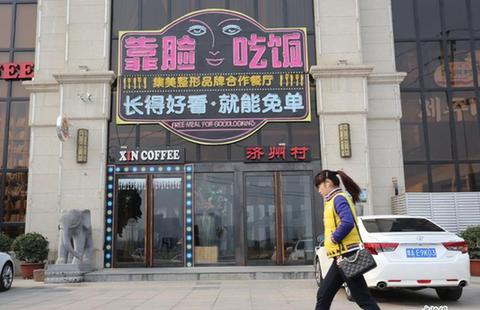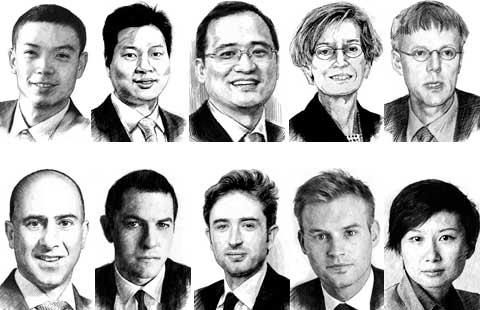2015 monetary policy, prudent with fine-tuning
(Xinhua) Updated: 2015-01-14 13:38BEIJING - Analysts may be divided over possible rate cuts in China's future, but they agree the country's monetary policy going forward will be cautious, with only minor adjustments being made.
China will maintain prudent monetary policies in 2015 with better coordination of tight and loose monetary measures and proper fine-tuning, said the People's Bank of China (PBOC) at a 2015 work meeting last Friday.
The central bank will strengthen support for the real economy, cut fund-raising costs and boost financial reforms, including reforms on interest rates, the yuan exchange rate and foreign exchange management.
Zeng Gang, researcher with the Chinese Academy of Social Sciences, said monetary policy should support the real economy and structural adjustment amid increasing downward pressure. He expects more liquidity in 2015.
The growth of M2, a broad measure of money supply that covers cash in circulation and all deposits, slowed to 12.3 percent year on year by the end of November.
The PBOC implemented new tools to tackle 2014's changing economic landscape, including Medium-term Lending Facility (MLF) and Pledged Supplementary Lending (PSL).
According to China Securities Journal, on Tuesday several large state-owned banks said the PBOC extended the terms of a 280-billion-yuan MLF that was due, so as to ease tight liquidity.
The new tools are more flexible and targeted to ensure sufficient liquidity, support the real economy and facilitate structural adjustment, Zeng said. Traditional measures like adjustment in interest rates and reserve requirement ratio (RRR) still remain an option.
Zhao Xijun, deputy director of Finance and Securities Institute under Renmin University of China, expects the scheme to be carried out this year and lower risk while improving banks' capacity to serve the real economy.
"The macro data are weak, but not collapsing," Zhang Zhiwei, chief economist with Deutsche Bank, said, "It seems to us there is no urgency to roll out stimulus."
- Exploration losses loom for oil majors
- Tesla China sales weak, promises Model X by Q3
- Explorers look to the long term with shale gas
- Daimler still bullish about China amid BMW woes
- Small refineries struggling to stay afloat
- China not sheepish about reforms in the Year of the Sheep
- Alibaba agrees to block sale of dangerous toys in US
- Cadillac boss: global strategy prioritizes China

















